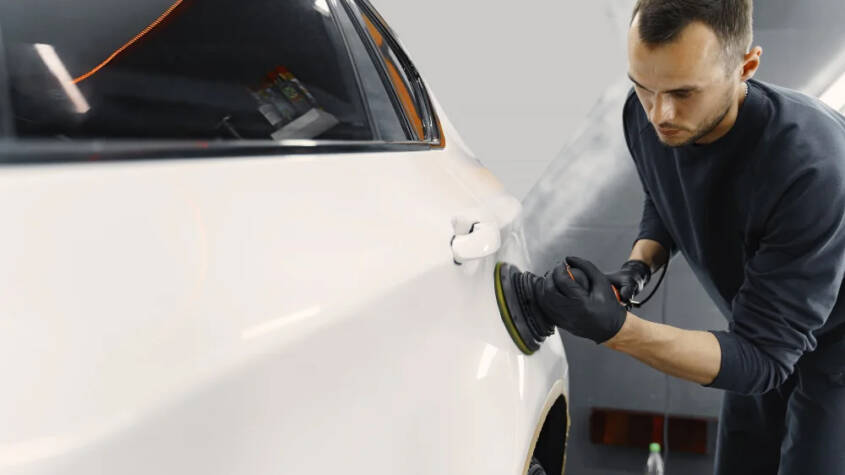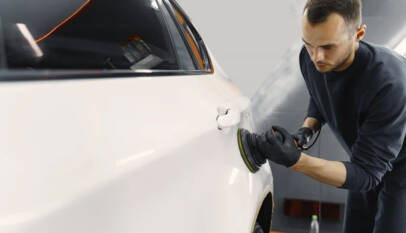
Car accidents in Arlington, TX can be overwhelming. After all, your car is damaged, and your mind is shaken. That’s why it’s important to entrust your vehicle to professionals who will take care of all the repairs for you. That said, how does the process work? This guide will walk you through the process of collision repair in Arlington and explain the steps every car owner should know.
Step 1: Damage Assessment
The process starts with damage assessment. Even if the exterior looks scratched or dented, there may be hidden problems beneath the surface. Professional shops like us at JDS Collision Repair use the latest tools and equipment to inspect your car. Moreover, they document all visible and hidden damage, so nothing is missed.
Step 2: Estimation and Approval
After the damage is identified, the shop will give you an estimate of the work to be done. At this stage, they often work with your insurance company to make the process smoother. During this step, make sure to review the estimate carefully as it should outline all the necessary repairs at a fair price.
Step 3: Disassembly
Once you approve the estimate, your car will be disassembled. This step helps uncover any hidden issues that may not have been visible earlier. At this stage, the repair team does a second more detailed inspection to make sure nothing is missed. This process guarantees every repair makes your car safer and perform better in the long run.
Step 4: Structural Repairs
If your car’s frame or structure is damaged, this step is where it gets fixed. Modern cars are designed with crumple zones to absorb impact during accidents, and these areas need precise repairs to get them back in alignment. Skilled technicians use advanced equipment to align the structure to factory specs, so your car is as safe as it was before the accident.
Step 5: Cosmetic Repairs
After structural damage is fixed, the next focus is cosmetic repairs. This includes repairing dents, replacing damaged panels, and fixing scratches. Your car’s body will also be prepped for paint, often involving sanding and priming to get a smooth surface. The goal here is to get your car to look as good as it did before the accident.
Step 6: Paint and Refinishing
Painting is a delicate process that requires precision and skill to get it just right. Technicians match the paint color to your car’s original color using computerized color-matching technology. They aim for a flawless finish, so the repaired areas blend in with the rest of the car, making the repairs almost invisible.
Step 7: Reassembly and Inspection
Once all repairs are complete, the car is reassembled, with its parts put back in place. Before you get your car back, the shop will do a final inspection. This includes testing the car to make sure everything works, as well as a quality check to make sure the repairs meet high standards.
Step 8: Vehicle Delivery
The last step is delivery. When you pick up the car it should look and perform like the accident never happened. Most shops will also give you a warranty on their work so you can have peace of mind of the quality of the repair. Whether your car has minor scratches or major damage, professional repair gets it visually and mechanically back to normal.
Collision repair is about more than just looks, it’s about safety and reliability as well. Looking for collision repair in Arlington? Choose our services at JDS Collision Repair. Our experienced team is dedicated to quality repairs and excellent customer service, with our goal to go the extra mile every time. Call us today to learn more!
Everything you need to know about the PDU Manufacturers-Hubentix
What is a PDU? A PDU, or more commonly known as a Power Distribution Unit, is an electroni…



